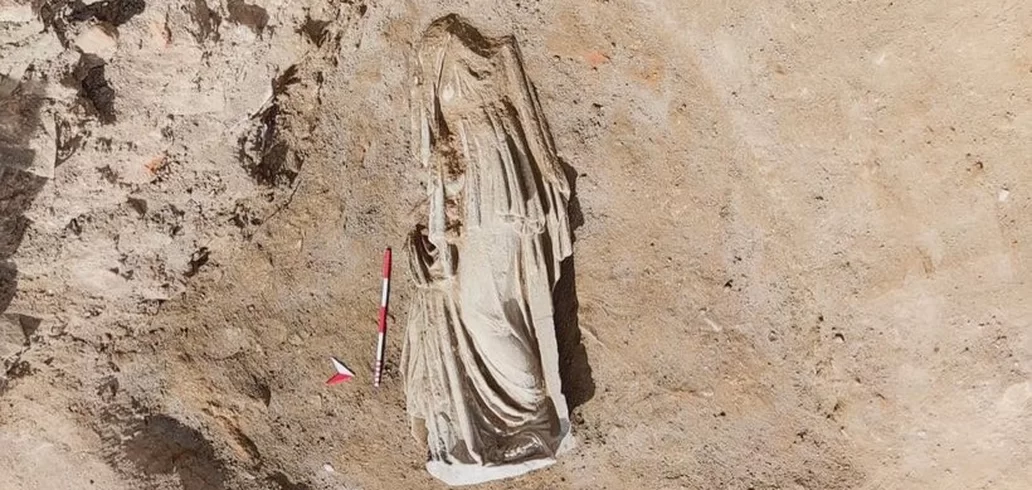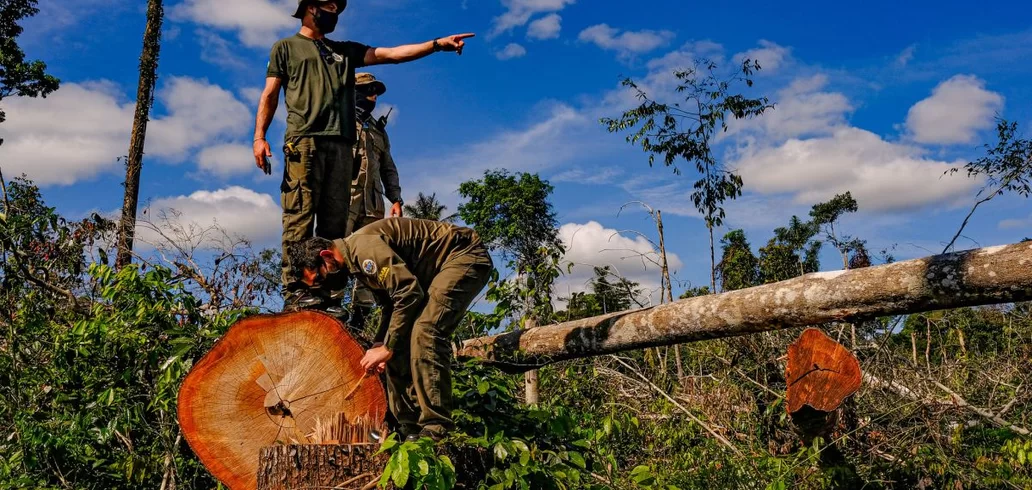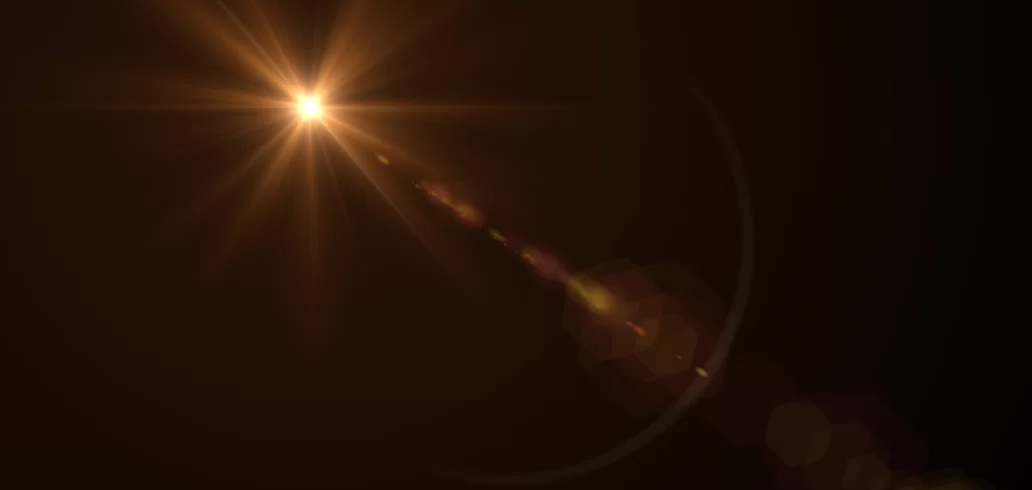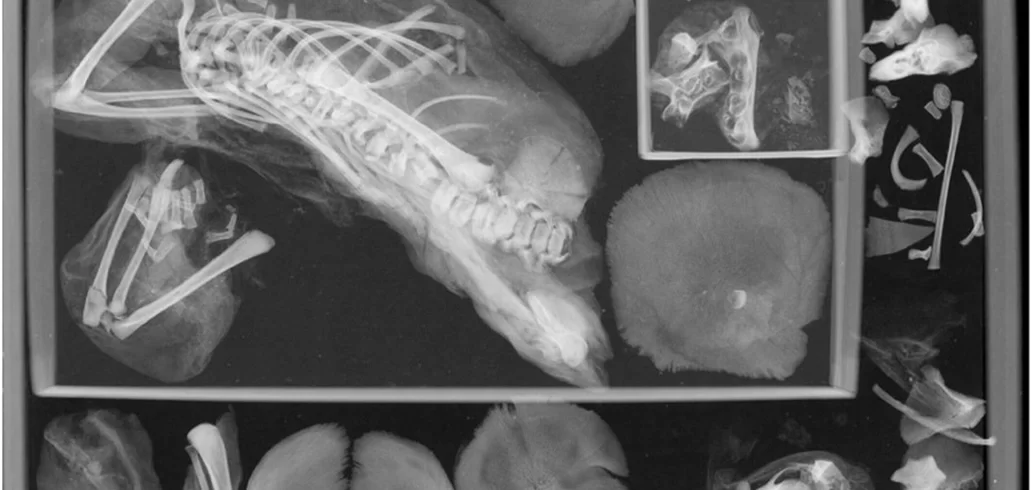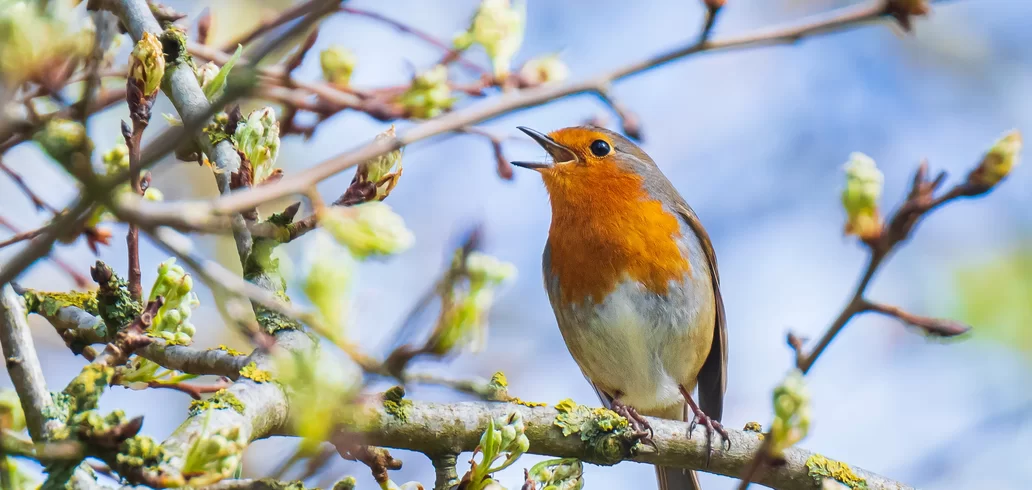News
Will killing 470,000 owls of one species really help save another from extinction?
Advertisement
1. **Interconnectedness of ecosystems:** Species are interconnected in complex ways in ecosystems. Removing one species can have unpredictable ripple effects on other species and the environment as a whole.
2. **Ethics:** The idea of sacrificing one species for the sake of another raises ethical questions about the intrinsic value of all life forms and our role as humans in preserving nature.
3. **Alternatives:** There are more ethical and effective approaches to conservation, such as habitat protection, captive breeding programs, reintroduction of species to their natural habitats, control of invasive species, environmental education and public awareness.
4. **Unknown:** There is no guarantee that the elimination of one species will result in the recovery of another. Often, the causes of a species' extinction are complex and multifaceted.
Rather than focusing on eliminating a species, conservation efforts often focus on protecting and restoring natural habitats, reducing threats such as habitat destruction, pollution and overhunting, and promoting harmonious coexistence between humans and wildlife.
The decline of northern spotted owls
The northern spotted owl (Strix occidentalis caurina) is a subspecies of the spotted owl found in North America, especially in the northwestern United States and southwestern Canada. This subspecies has faced several challenges that have contributed to its population decline, some of which include:
1. **Habitat Loss:** Deforestation and the conversion of natural areas to urban, agricultural, and industrial landscapes have significantly reduced the habitat available to northern spotted owls.
2. **Habitat fragmentation:** Habitat fragmentation resulting from human development can isolate northern spotted owl populations, hindering genetic dispersal and access to food resources.
3. **Human Disturbance:** Human activities, such as infrastructure development, outdoor recreation, and the presence of roads, can cause disturbances to northern spotted owls, affecting their breeding behavior and ability to find food.
4. **Environmental contamination:** Contamination of the environment by pesticides, air pollutants, and heavy metals can have negative effects on the health of northern spotted owls and their prey.
5. **Damage to the food chain:** Changes in ecosystems, such as the introduction of invasive species or the decline of natural prey for northern spotted owls, can affect their food availability and, consequently, their survival and reproduction.
Addressing the decline of northern spotted owls requires conservation measures that focus on protecting and restoring their habitat, mitigating threats such as pollution and human disturbance, monitoring their population, and conducting research to better understand the causes of their decline and develop effective conservation strategies. Cooperation between governments, conservation organizations, local communities, and the general public is essential to ensuring the future of these iconic birds.
Conservationists react to the killing of barred owls
The killing of barred owls (Tyto furcata), or any other species of owl, would likely be met with strong opposition and outrage from conservationists and the wildlife conservation community in general. The barred owl is a widely distributed species in the Americas and plays an important role in controlling rodent populations and other agricultural pests.
Conservationists generally strive to protect all owl species because of their ecological value, as well as their public appeal as symbols of wisdom and biodiversity. Indiscriminate or illegal killing of barred owls or any other owl species would be seen as a threat to biodiversity and healthy ecosystems.
Conservationists' reactions to the barred owl slaughter would likely include:
1. **Public Condemnation:** Conservationists and conservation organizations would likely publicly denounce any action that resulted in the unnecessary or unjustified killing of barred owls.
2. **Advocacy for legal action:** They could push for stronger wildlife protection laws and effective enforcement of those laws to stop illegal hunting and habitat destruction for barred owls.
3. **Education and awareness:** Conservationists would seek to educate the public about the importance of barred owls in maintaining the balance of ecosystems and promote peaceful coexistence between humans and wildlife.
4. **Monitoring and research:** They could conduct studies to monitor barred owl populations and better understand their needs and the impacts of threats on them in order to develop more effective conservation strategies.
In short, conservationists would likely respond to the killing of barred owls with coordinated efforts to protect these birds and promote wildlife conservation in general.
You may also like

Featured Profession: Everything You Need to Know About a Career as a Cleaning Manager
Everything you need to know about the cleaning manager profession: tasks, profile, challenges, and current career outlook. Learn more about this profession.
Keep Reading